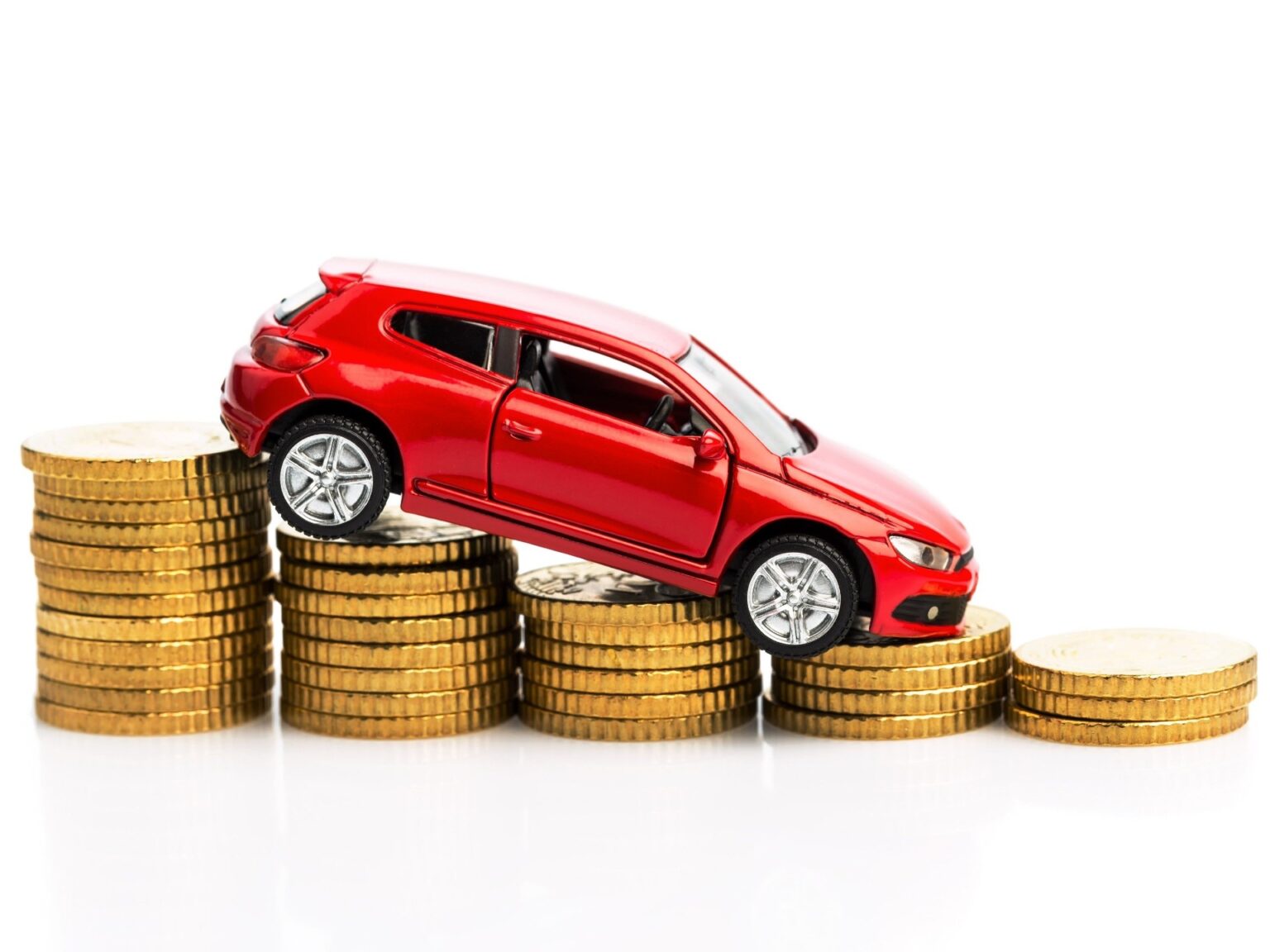
The Impact of Depreciation on Used Car Value: What You Need to Know
The average American drives 13,476 miles per year and spends over an hour per day behind the wheel. With all that driving, it’s natural to wonder how the value of your car will hold up.
The truth is all cars lose their value over time. It’s called depreciation. In this article, we’ll explain how used car depreciation works, what factors impact it, how you can limit your car’s depreciation, and more. Let’s get started!
What is car depreciation?
Car depreciation is the rate at which your car loses value over time. Some cars depreciate faster than others.
For example, new cars can lose up to 9-11% of their value the moment you drive them off the lot, 20% in the first year, and 60% after the first five years.
That means if you bought a new car for $40,000, it would immediately lose roughly $4,000 in value when you bought it, $8,000 after a year, and $24,000 after five years.
This is why savvy buyers tend to opt for slightly used cars that have already taken the brunt of the depreciation.
What factors affect car depreciation?
Car depreciation occurs for many reasons, all of which can be explained by supply and demand. As the demand for a particular car sinks, so does its value.
Below are the factors that affect car deprecation. Some you can control, others you can’t.
Make and model. The popularity of a car’s brand and model can help it retain more of its value. So can a reputation of making cars that are built to last.
Age. The older a car is, the less valuable it becomes. One potential exception is collectible classic cars.
Condition. Any past damage to the car (whether exterior or interior damage) will hurt its value—especially if left unaddressed.
Mileage. How far a car has been driven is often used as a proxy for its condition. The more miles on the car, the worse shape it’s likely to be in.
Vehicle history. Many potential buyers also care about the history of the car. This includes any major accidents it’s been in, the number of past owners, and title status. For example, a salvage title won’t be worth nearly as much as a clean title.
Consumer preferences. Sometimes consumer preferences change. Whereas red cars may have been in hot demand when you first bought your car, they may no longer be.
How to know what a used car is worth (now and in the future)
To determine what a used car is worth, look it up on a site like Kelley Blue Book (KBB) or Edmunds. They can provide a rough estimate of the vehicle’s value based on the factors above. Some sites like CarEdge.com also have depreciation calculators.
Of course, the most accurate valuation will require a mechanic to perform a thorough inspection. In fact, according to Tiger Okeley at Oak Motors, “a professional inspection can sometimes turn up looming problems that could cost more to fix than the car is worth. Sometimes a free Rolls-Royce is a bad deal.”
Ultimately, you can rarely avoid car depreciation, but you can estimate what a vehicle is worth to determine whether it’s a good deal now and how much you’ll be able to get out of it later on if you decide to sell.
What types of car depreciate the fastest (and slowest)
Now that you know how to value a used car and estimate its future depreciation, let’s take a look at the car models that depreciate the fastest.
According to a study by iseecars.com, the top ten vehicles with the lowest 5-year depreciation rate include the following:
- Jeep Wrangler (7.3%)
- Jeep Wrangler Unlimited (8.7%)
- Porsche 911 (14.66%)
- Toyota Tacoma (14.9%)
- Honda Civic (16.3%)
- Subaru BRZ (18.2%)
- Ford Mustang (19.4%)
- Toyota Corolla (19.8%)
- Nissan Versa (19.9%)
- Chevrolet Camaro (20.2%)
On the flip side, the top ten vehicles with the highest 5-year depreciation rate are:
- BMW 7 Series (56.9%)
- Maserati Ghibli (56.3%)
- Jaguar XF (54.0%)
- INFINITI QX80 (52.6%)
- Cadillac Escalade ESV (52.3%)
- Mercedes-Benz S-Class (51.9%)
- Lincoln Navigator (51.9%)
- Audi A6 (51.5%)
- Volvo S90 (51.4%)
- Ford Expedition (50.7%)
How to limit your used car’s depreciation
To limit the depreciation of a car you already own, do the following:
Drive less. Though this may sound like it defeats the point of owning a car, try to limit how much you drive. For example, you could carpool with coworkers to work or try to ride your bike when you’re only going a short distance (it’s better for your health, too).
Perform regular maintenance. Keep your car in top shape by changing the oil, rotating the tires, and addressing any dashboard lights. Follow the car manufacturer’s recommended maintenance schedule.
Store your car in a garage. Though not always possible, store your car in a garage to protect it from the elements. Even a covered carport is better than nothing.
Still deciding between cars to buy? Choose one that’s been gently used. It’ll last longer and depreciate slower.







